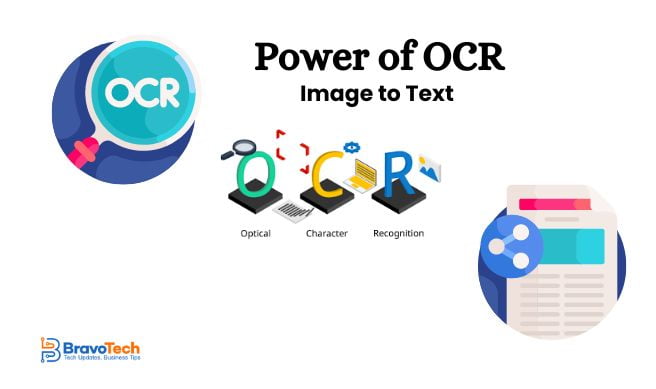What is User Acceptance Testing (UAT)- A Complete Guide

Have you ever thought about how software works so efficiently? If yes, then you may have heard of the term User Acceptance Testing (UAT). Software developers ensure that the product they prepare is capable of providing users with a seamless experience with better performance. This is the way in which the software is tested for the final stage, launch.
Software development is a process of passing continuous stages, and the most essential stage is UAT in the lifecycle, SDLC. I will share my knowledge of User Acceptance Testing (UAT) with you.
What is User Acceptance Testing?
User Acceptance Testing is an essential SDLC phase where the system is tested from the end user’s perspective. It is performed to ensure that the software meets the specified requirements and is ready for release into the market. Therefore, the software provides end users with efficient user experience and with helpful and data-driven results.
Key Objectives of User Acceptance Testing
Developers need to know some of UAT’s important objectives before starting any production work to create effective software and function. Here, you will get to know some key objectives of UAT:
Validation of Business Requirements
UAT ensures that the software aligns with the initial business objectives and fulfills the specified requirements. This efficiency makes UAT an effective testing service among the developer community.
User-Centric Testing
It involves real users or representatives from the user community to test the software in a real-world scenario. If they satisfy with the service, then software will be released in the market.
Identification of Defects
UAT uncovers discrepancies between the system and user expectations. This feature identifies defects or issues that might have been overlooked in earlier testing phases.
Risk Mitigation
Identifying and addressing issues during UAT influentially reduces the risk of deploying a flawed system to the end users. In doing so, developers will be able to detect risks and solve them before the deadline arrives.
Types of User Acceptance Testing
There are three types of user acceptance testing processes that are described in this section:
- Alpha Testing: Conducted by the internal testing team in a controlled environment to detect internal defaults or performance.
- Beta Testing: Involves a select group of external users who test the software in a real-world environment before its official release.
- Contract Acceptance Testing: This type of UAT validates if the software complies with the contractual agreements between the client and the development team.
User Acceptance Testing Process
Every process requires to be done in a correct way to provide better outcomes to the tester, as does UAT. Here, you will get to know some important steps to perform UAT:
Planning
Firstly, developers need to identify their basic objectives and goals to acquire them on time. It is also essential for them to select participants and create test cases to gain better testing results.
Preparation
Developers should set up test environments and gather the necessary resources to perform the test easily and effectively. Moreover, they may communicate test scenarios and goals to participants or team members.
Execution
Users execute predefined test cases, report defects, and provide feedback on the software’s usability and functionality. In this way, the software goes under the eyes of users, and they review the software as they experience it.
Analysis
You should evaluate test results and identify and prioritize issues to solve them properly and effectively. Further, you can collaborate with the development team to address them before they mean any harm to the software.
Sign-Off
Once all identified issues are resolved, obtain formal approval from stakeholders to proceed with the software deployment. This is the last step in performing UAT efficiently, and now the software is ready to launch.
Best Practices to Perform User Acceptance Testing
User Acceptance Testing (UAT) requires more time and complete focus from the tester to provide efficient results. Here, you will get to know the best and most efficient strategies to perform UAT:
Early Planning
It is recommended that you should conduct an early plan with the association of stakeholders and end users. You are allowed to make plans by involving your partners and end-users right from the project’s inception. Moreover, you need to define clear UAT objectives, scope, and criteria to ensure alignment with user expectations.
Clear Communication
A communicative connection is right away to the success of the test. Therefore, you should make sure that all stakeholders understand their roles, responsibilities, and expectations throughout the UAT process. In doing so, everyone will be aware of where and how the test will be performed and clear their doubts.

Involvement of End Users
How you can guess that the software is helping users and adding value to their lives? It is why, you need to involve end users or their representatives to gain valuable insights from their perspective actively. Further, you will be able to make improvements to your project before finalizing and launching it to the market.
Thorough Test Cases
Once you have tested the software from one aspect, you should test it from various aspects. Further, develop comprehensive test cases covering various scenarios to validate different aspects of the software. This process allows you to feel more comfortable about how you will get reviews on the market from end users.
Collaboration
It is also necessary for you to stimulate an effective collaboration between the testing team and the development team to address issues promptly. Moreover, you should inform stakeholders to make informed decisions to solve issues.
The Closing Remarks
User Acceptance Testing is a crucial phase in the software development life cycle. It serves as a litmus test to ensure that the final product meets user expectations and business requirements. Moreover, it influentially reduces the risk of deploying faulty software by actively involving end users. It also focuses on the usability and functionality of the software. You should embrace best practices to perform a UAT and use a meticulous approach to deliver software successfully. These types of software delight users and fulfill business objectives to add value to users’ lives.






